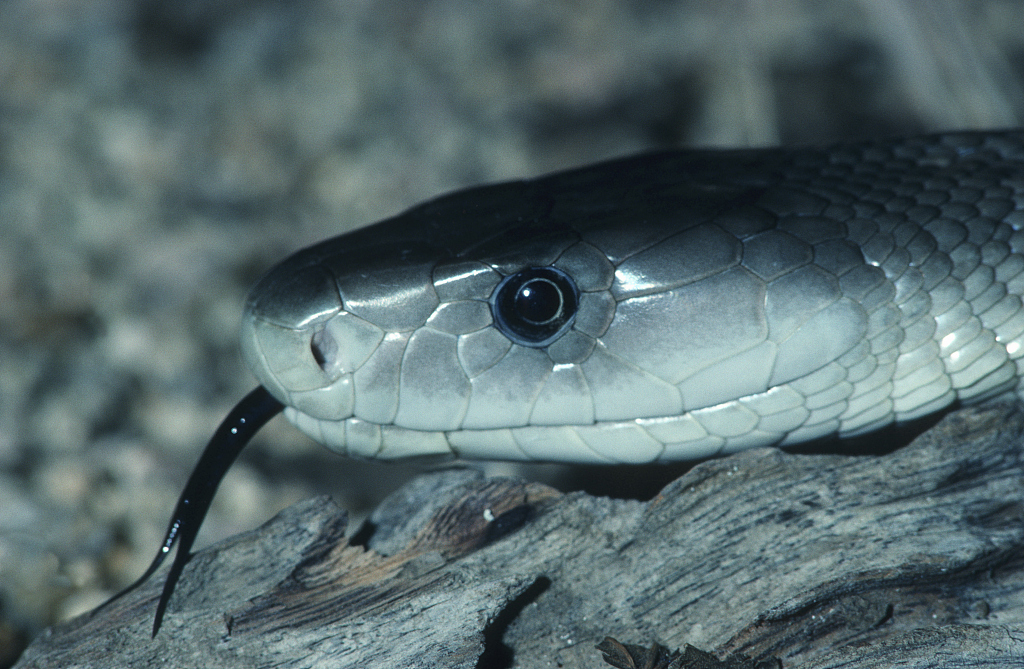In nature, many species evolve to produce venom, and snakes are known for that. Most research on snake venom focus on how dangerous they are. In fact, these dangerous venom have a lot of useful functions, both to the snakes and human beings.

Vipers are a famous kind of venomous snakes. /VCG Photo
Vipers are a famous kind of venomous snakes. /VCG Photo
The snake venom is a mixture of toxic proteins, enzymes and other substances with toxic properties. It appears typically in the form of a yellow fluid, stored in the modified salivary glands of a venomous snake. The venom allows the snake to debilitate and immobilize their prey, and protect itself from big predators.

The gland and fangs of a snake. /VCG Photo
The gland and fangs of a snake. /VCG Photo
There are three main types of snake venom — neurotoxins, cytotoxins, and hemotoxins.
Neurotoxins damage the nerve system. They usually work by disrupting neurotransmitters that are sent between neurons as signals. Neurotoxins can cause muscle paralysis, which may result in respiratory difficulty or even death. The venom of black mambas and some cobras are considered as neurotoxins.

The black mamba is a kind of snake that produces neurotoxins. /VCG Photo
The black mamba is a kind of snake that produces neurotoxins. /VCG Photo
Cytotoxins dissolve and destroy body cells, helping the snake somewhat digest its prey before it is eaten. As cytotoxins usually lead to death of cells in a tissue or an organ (which is known as the necrosis), if treatment is not timely, the victim is likely to die because of damage to the heart and kidneys. The sea snake's venom is considered a cytotoxin.
Hemotoxins disrupt normal blood coagulation. They rupture red blood cells and cause internal bleeding, along with tissue death and organ damage. The blocked circulation in blood vessels also leads to heart failure. Snakes like vipers and pit vipers produce hemotoxic venom.

Long-nosed pit viper, one of the most venomous snake in the world, produces hemotoxins as venom. /VCG Photo
Long-nosed pit viper, one of the most venomous snake in the world, produces hemotoxins as venom. /VCG Photo
Though these venom seem fatal, most of them can be cured by antivenins that are made from these exact venom. Scientists are also using the chemicals extracted from the venom to make medication for treating cancer and relieving pain.
About Dance with the Snake series:
China is home to a large variety of snake species, which are an important part of the ecosystem, contributing a lot to maintain the ecological balance of China's environment. This series is going to present you with the endangered and dangerous snakes in China, with introductions of how to recognize them.
(All image via VCG, cover designed by CGTN's Jia Jieqiong)
(If you want to contribute and have specific expertise, please contact us at nature@cgtn.com.)